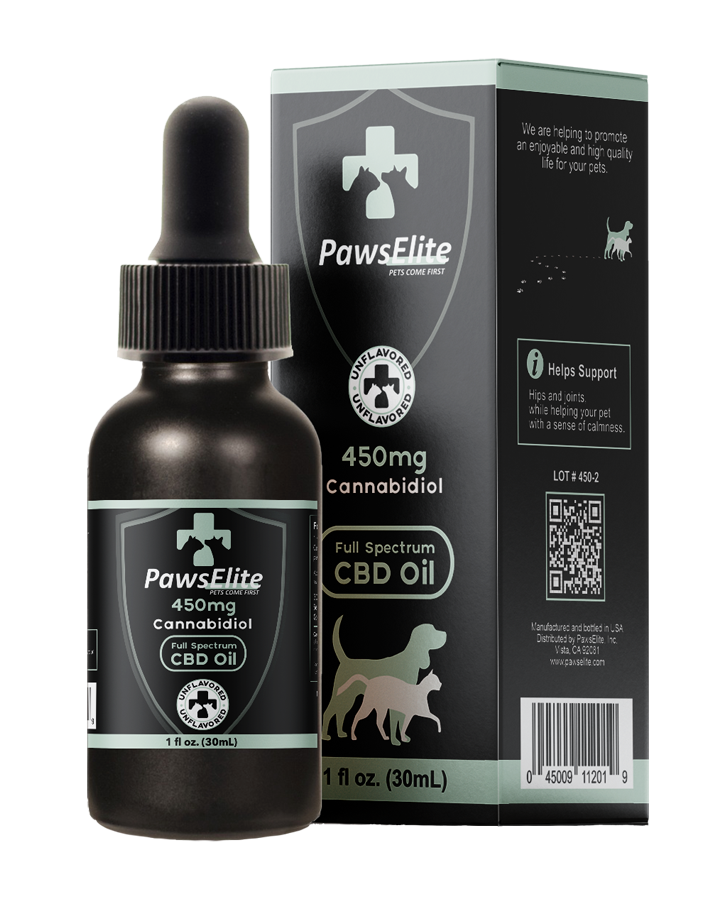
A Pet Owner’s Guide to Acral Lick Granuloma
Share
Acral lick granuloma is relatively common among many large breeds. Veterinarians use acral lick granuloma and acral lick dermatitis most frequently. However, the ailment is also known as acral lick, neurodermatitis, and acral pruritic nodule. The condition presents a series of issues and symptoms which mirror allergies and other forms of dermatitis.
What is Acral Lick Granuloma – Can Your Spot the Symptoms?
Common symptoms of acral lick include balding near the paws, tail, or lower front arms. Bald patches will often have open wounds from constant licking. In the early stages, you may catch your dog biting or chewing on the balding areas in response to itchiness. Your vet may tell you that these symptoms could be any variety of issues and that there is no confirmation for a diagnosis of this dermatitis.

|
Rated 5.00/5.00 by PawsElite
Organic CBD Oil for Dogs - 450mg: $52.99
High quality CBD oil with absolutely no smell or flavor. Our products are 100% purged and tested. Our CBD oil is easily digested by dogs for faster relief.
|
There is some suspicion that acral lick dermatitis is a compulsive behavior. At first, your pup may have taken to licking themselves of boredom or because of stress. Then as they lick, the dog develops dermatitis. Alternatively, acral lick could have begun as a genuine allergy or underlying dermatitis. Even when dermatitis led to the licking behavior, it's clear that there is a self-perpetuating aspect present.
Dog owners have enough problems with skincare, but acral lick granuloma is not something you can overlook or wash out with a prescription soap. Lick granuloma can lead to many other and more serious issues.
Possible Effects and Associated Problems
When a dog licks a portion of its skin raw and creates a wound, they leave themselves susceptible to infection. Bacterial infections are the most common associated issue. A more severe infection linked to acral lick granuloma is furunculosis. This infection occurs from ruptured hair follicles, which is present in acral lick granuloma as your dog has liked through them. Furunculosis can render your pet immobile and is cause for immediate medical attention.
What Treatment Options Are Available?
You probably want to get on treating your pet’s painful acral lick problem straight away. Unfortunately, many vets will delay the diagnosis of acral lick because they want to rule out other possibilities such as allergies. Then there’s the struggle of keeping your pet from continuing the licking.
The first step for many dog owners is to use a cone or Elizabethan collar to prevent further licking and allow the impacted areas the chance to recover. Then you will want to look at options for pain and stress management. For this aspect, you might want to consider CBD, or cannabidiol, oil which comes from cannabis plants. By interacting with the endocannabinoid system within your pet's body, the CBD oil can help improve their immune function, manage pain modulation, and help balance their mood or emotions. You would use the CBD oil supplement as part of your pet’s recovery.
Finally, if your dog has an infection because of the acral lick, you'll need to administer an antibiotic which your vet will provide. Always take your vets advice but be aware that this health issue is something that many pet owners can't overcome. The compulsive nature of licking in a dog whether it's from stress, boredom, or due to an allergy will need ongoing attention, even after the wounds have closed.







